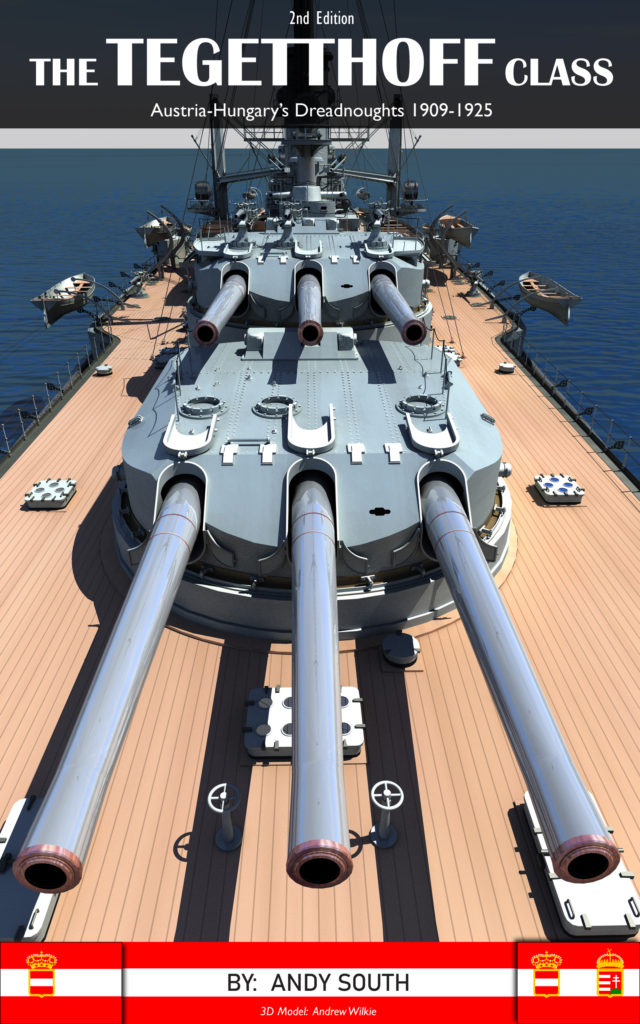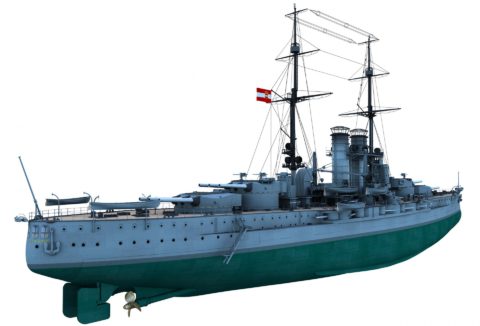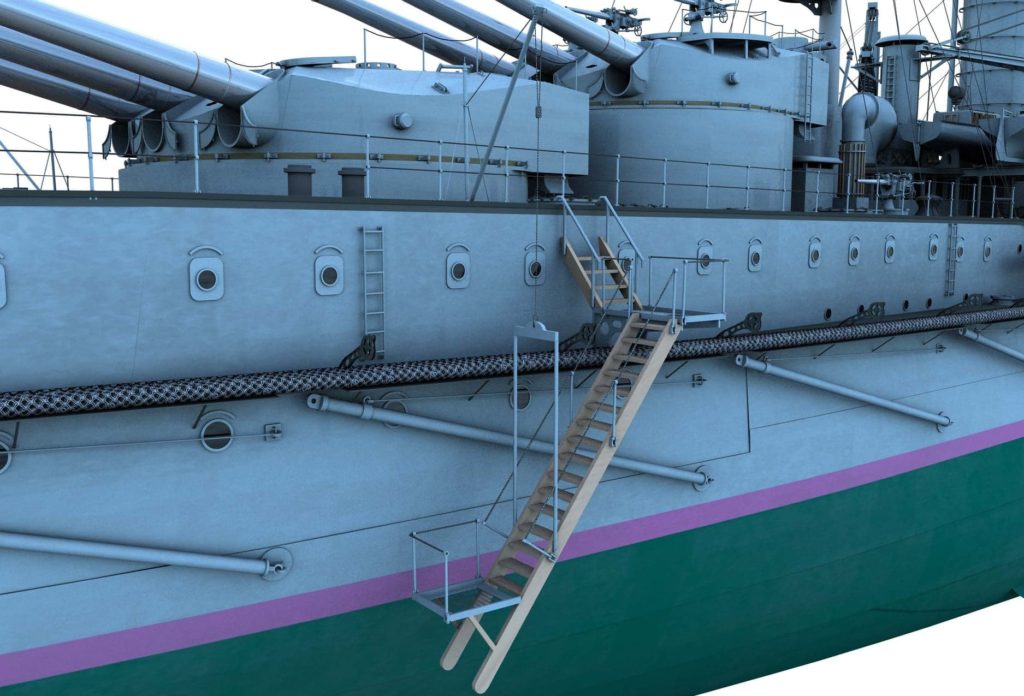



During the bombardment, Wien was hit seven times on her superstructure, but did not suffer serious damage, while the Budapest was hit by a single shell below the waterline which failed to penetrate her armour.Īll the Austro-Hungarian ports were well defended, but Lieutenant Luigi Rizzo, an ex-Merchant Service Captain commanding the small motor torpedo boat MAS 9, had made many reconnaissances of the harbour at Trieste. Italian naval units were sent from Venice to attack the Austro-Hungarian force, but they made no serious attempt to interfere with the bombardment, which continued until 14:30, when the force retired to Trieste. The range was later reduced to 6,500 yards to allow the 15cm secondary guns to join the bombardment. In the early morning of 16th November the two battleships, escorted by nine torpedo boats, five minesweepers and three seaplanes left Trieste and opened fire at 10:35 from a range of 10,000 yards. In November and December of 1917 SMS Wien, along with SMS Budapest (another Monarch class battleship) was involved in shore bombardment operations in the Gulf of Trieste in support of the left flank of the Austro-Hungarian army. Although the first Improved Tegetthoff was scheduled to be laid down in 1914, the outbreak of war meant that no work was done on their construction, and so the operational life of the Monarch class was extended. All three ships of the Monarch class had been relegated to harbour duties in 1914, since they were obsolete and due to be replaced by the new dreadnought battleships of the Improved Tegetthoff class. On the 10th of December 1917, the Austro-Hungarian Monarch class battleship SMS Wien (Vienna) was attacked in port at Trieste.


 0 kommentar(er)
0 kommentar(er)
